Stress-Strain Behaviour: Hybrid Fibre Reinforced Concrete Analysis
VerifiedAdded on 2023/06/16
|14
|1357
|50
Report
AI Summary
This report investigates the stress-strain behavior of M20 grade concrete with varying proportions of polypropylene and steel fibers. The objective is to determine the optimal combination of these hybrid fibers to enhance the concrete's compressive strength, flexural tensile strength, and split tensile strength. The methodology involves mixing M20 grade concrete with different percentages (0%, 0.5%, 1.0%, 1.5%, and 2.0%) of hybrid fibers, with varying ratios of polypropylene to steel fiber (100:0, 75:25, 50:50). The results indicate that the highest compressive strength is achieved with 1.5% hybrid fibers composed of 50% polypropylene and 50% steel fibers, leading to a maximum improvement of about 52.5% in compression strength, 117.5% in flexural tensile strength and 148% in split tensile strength. The study concludes that incorporating 1.5% of a hybrid fiber mixture containing 50% polypropylene and 50% steel fiber significantly improves the axial properties of M20 grade concrete.
1 out of 14
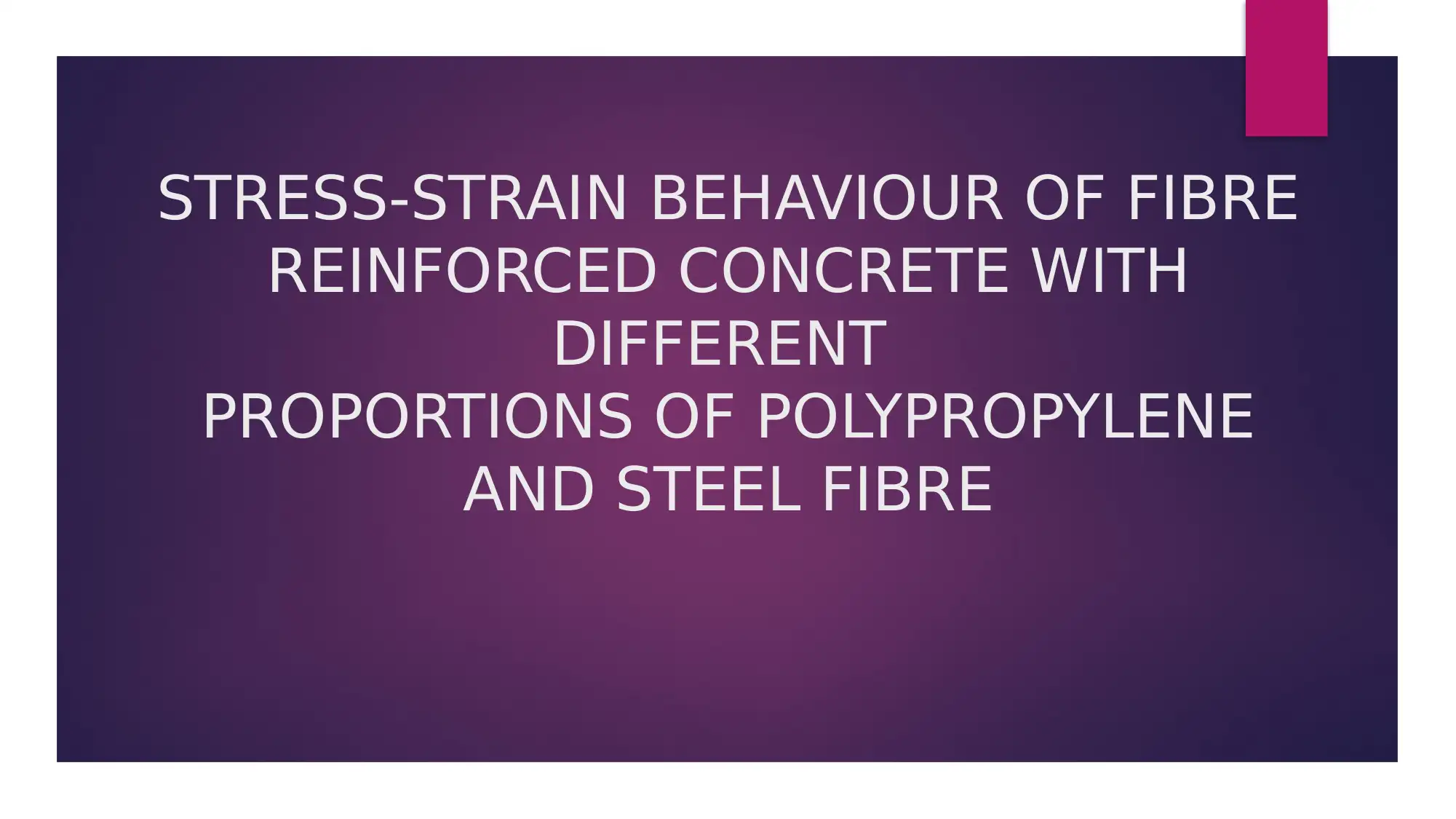
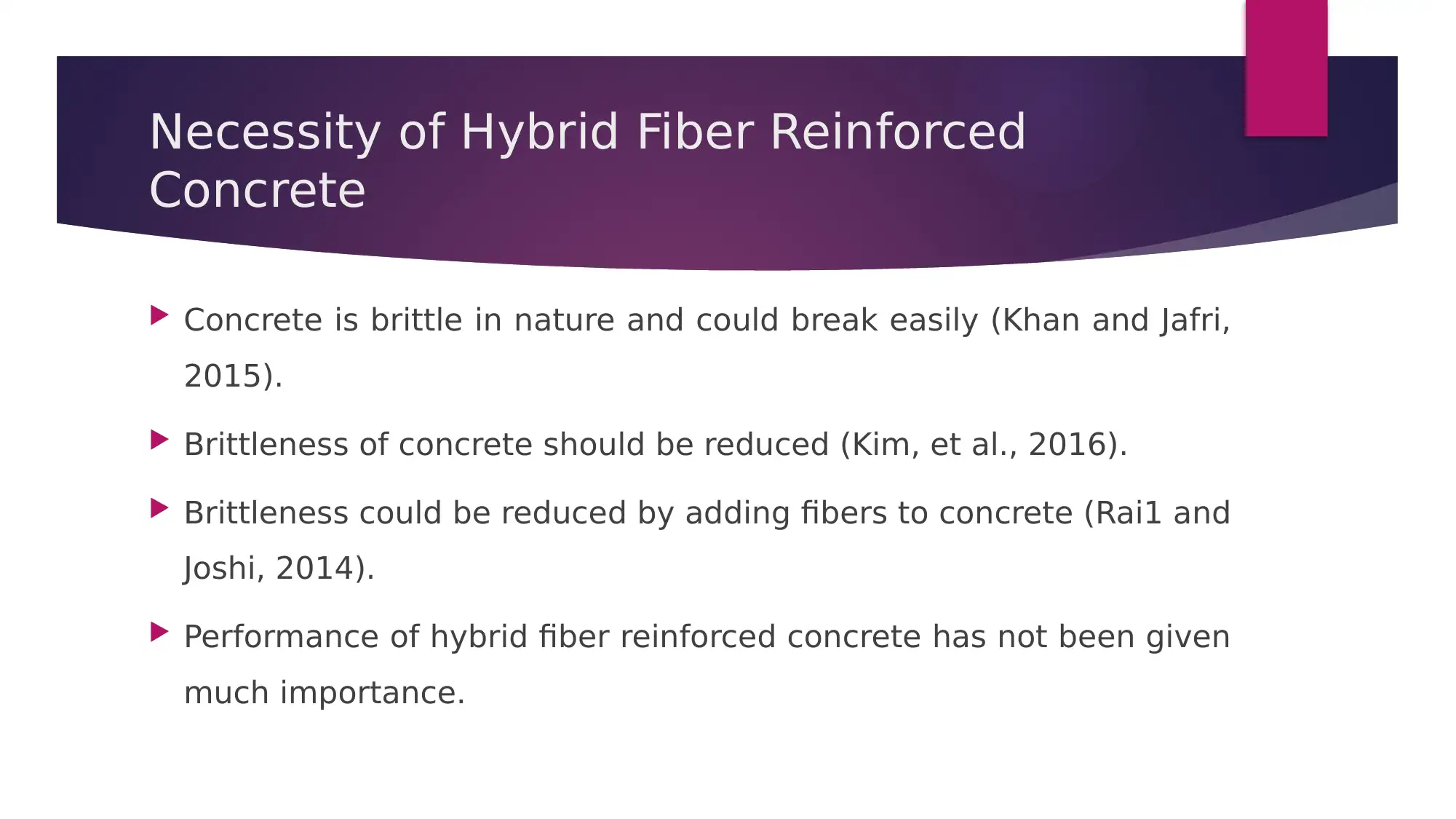
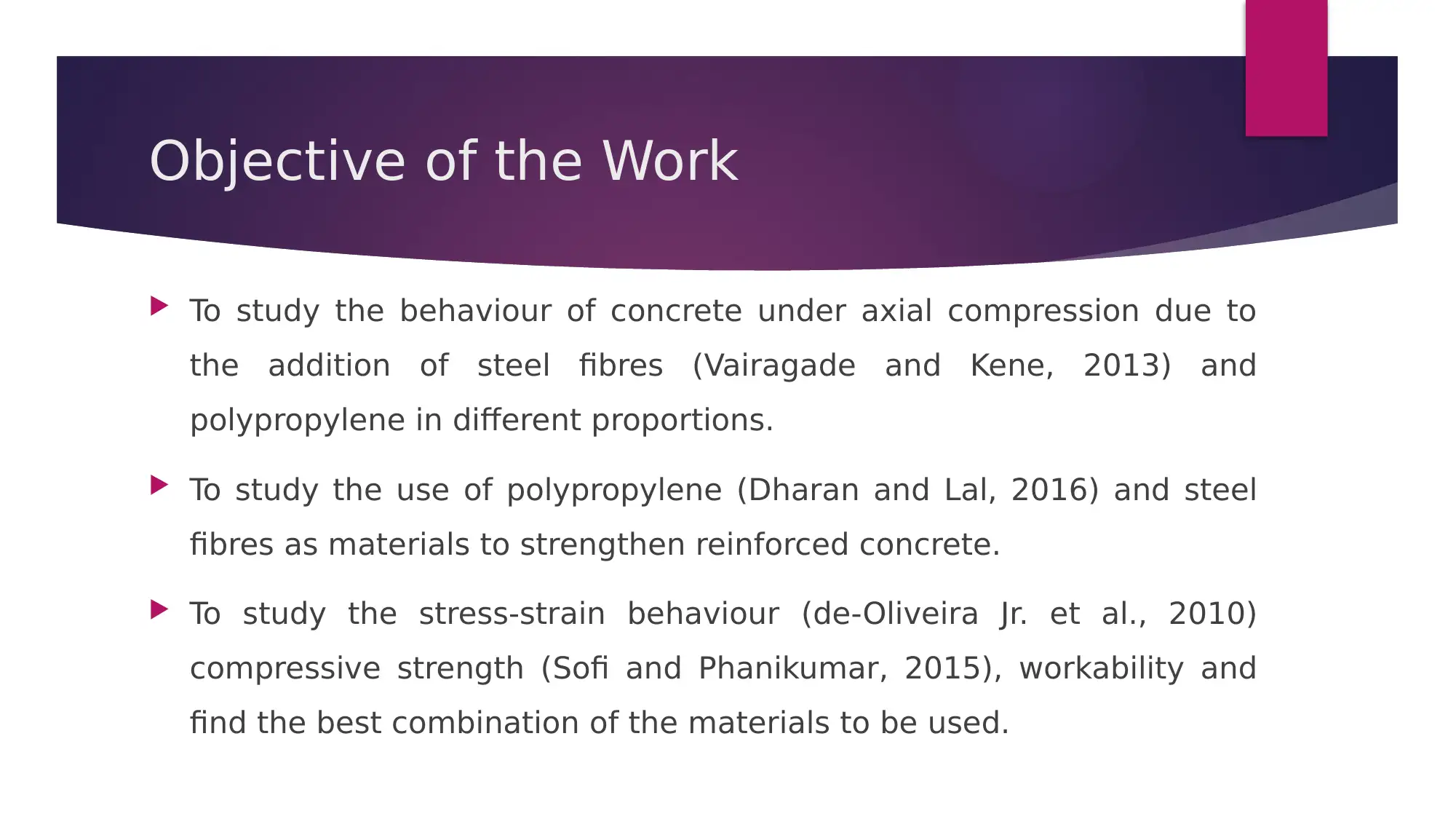

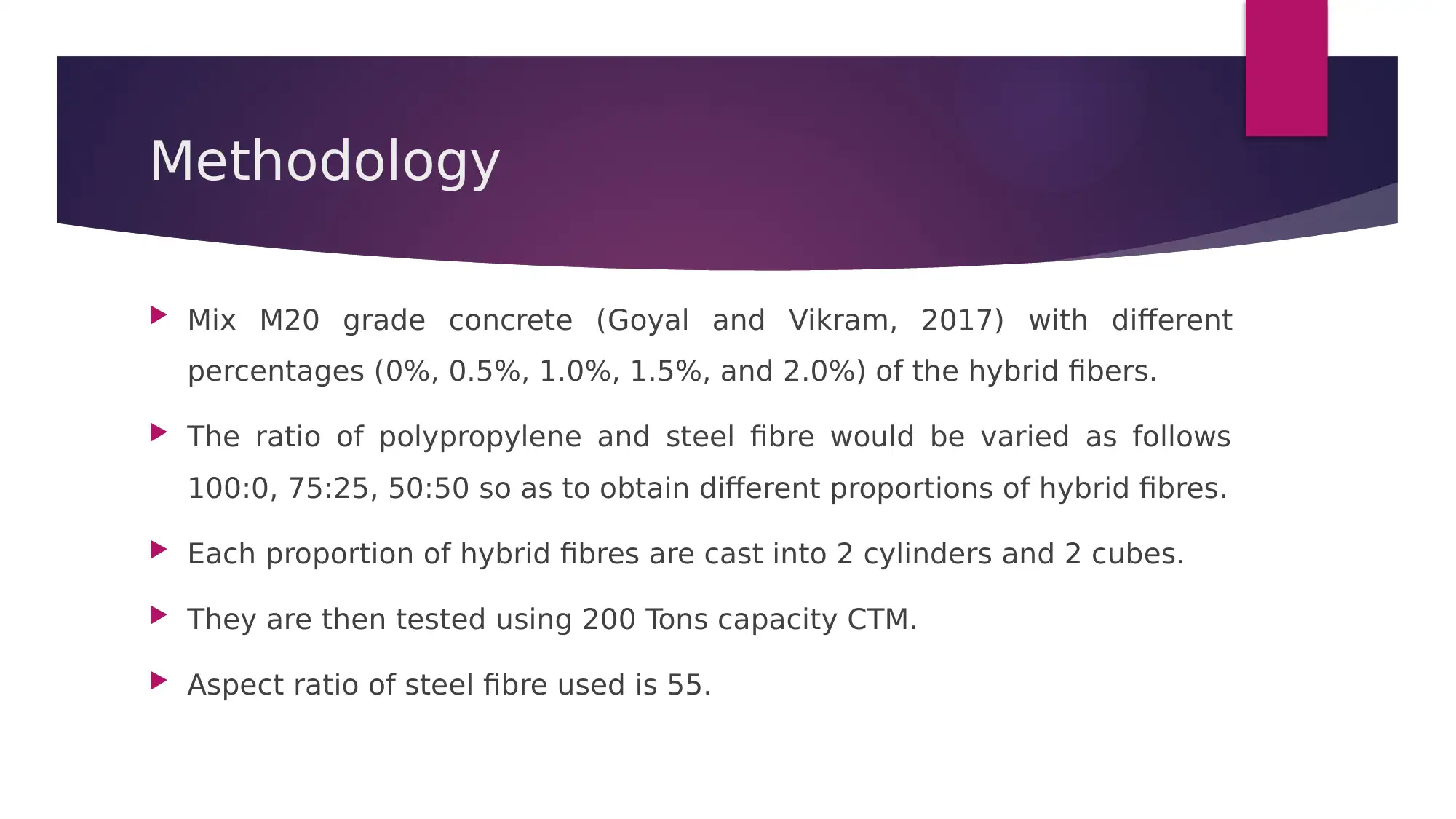
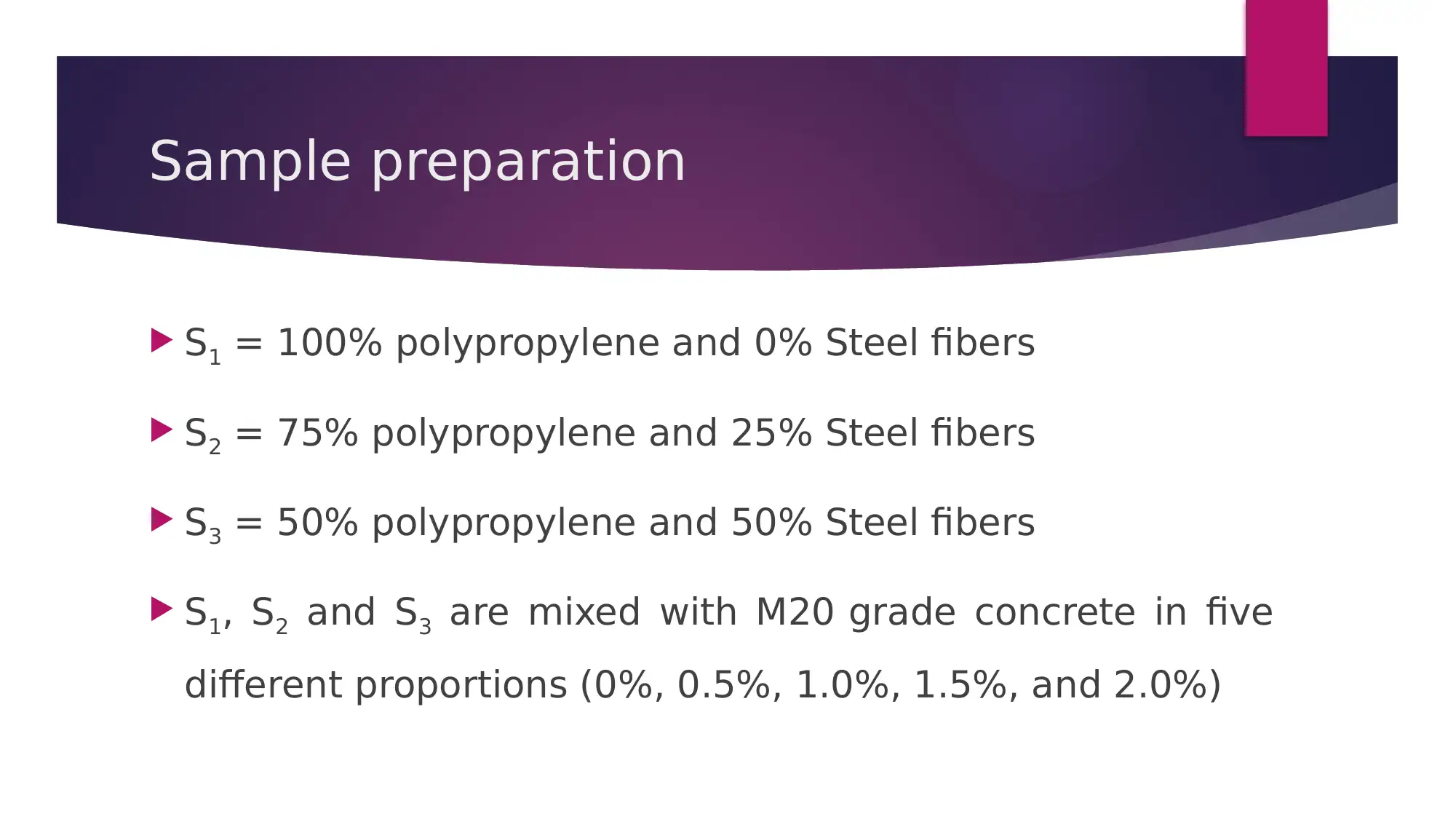

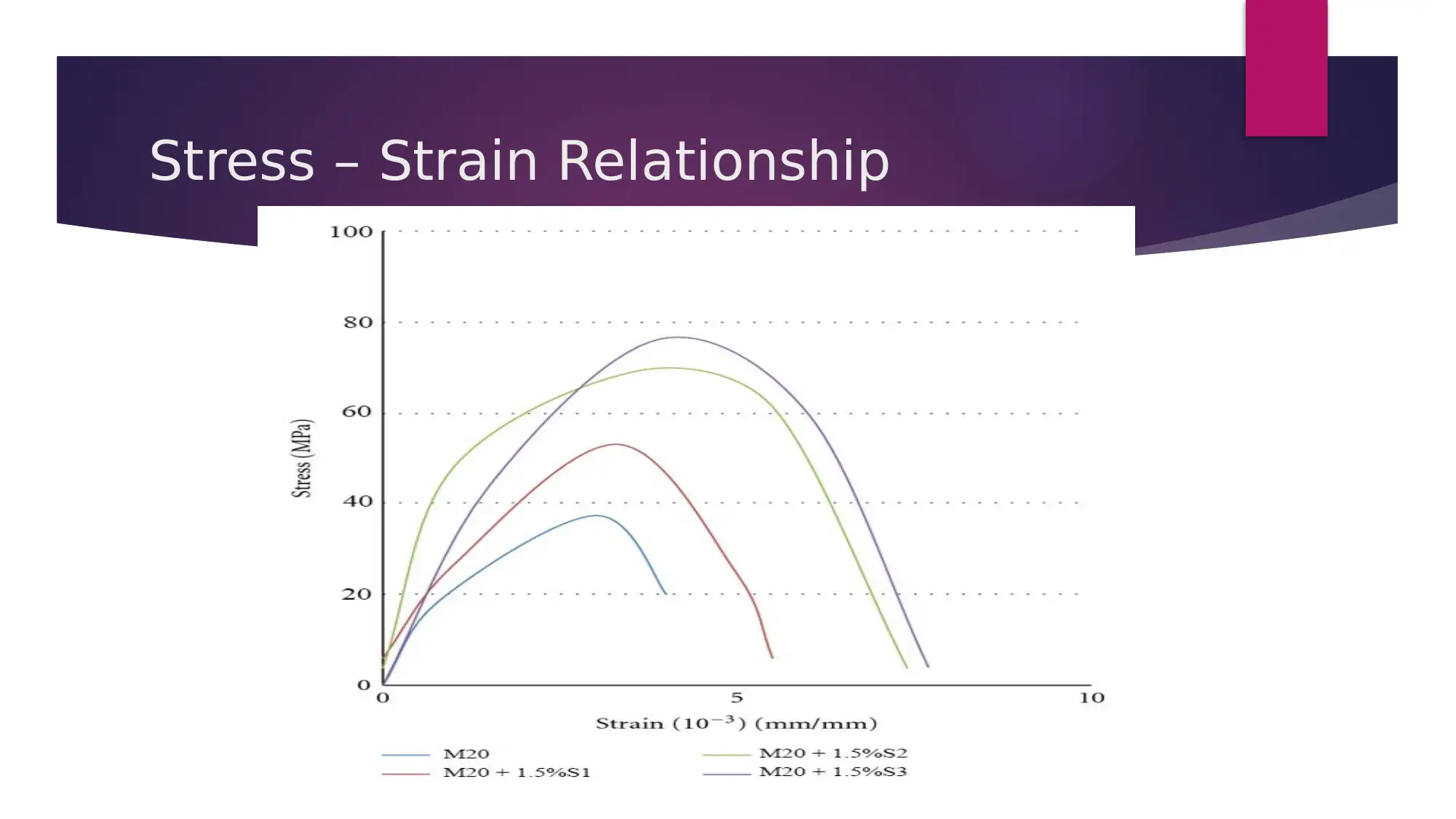
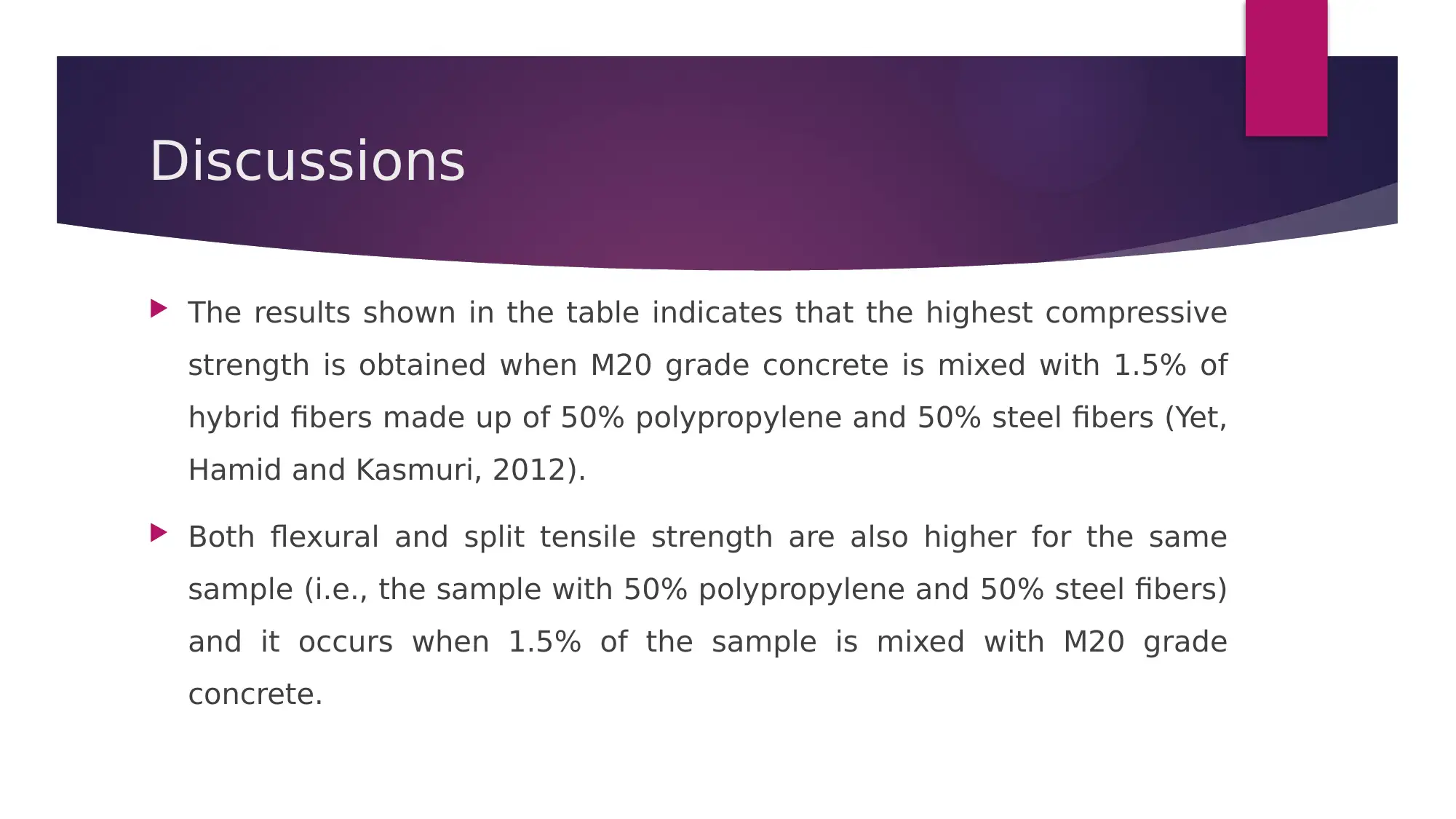

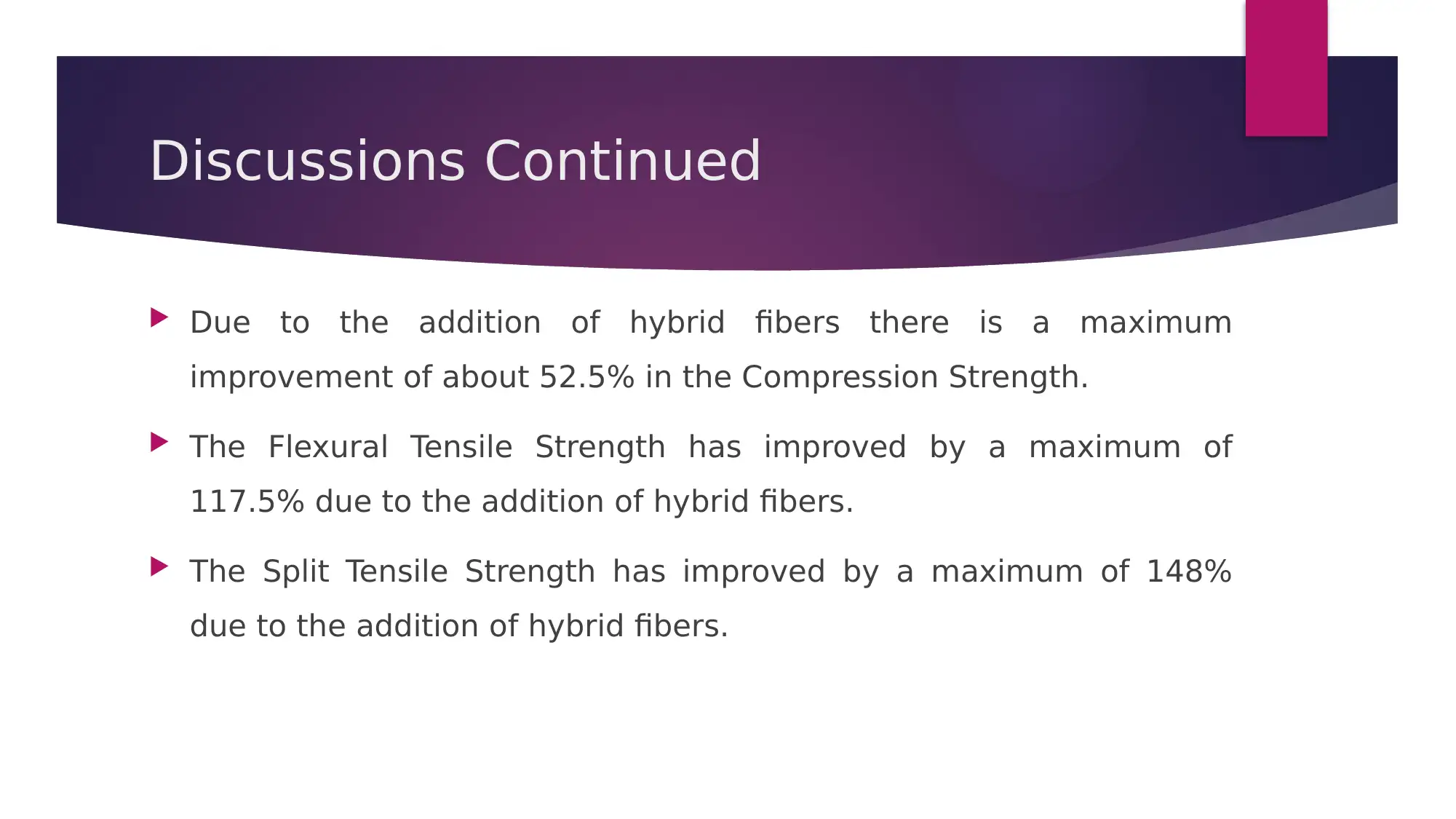
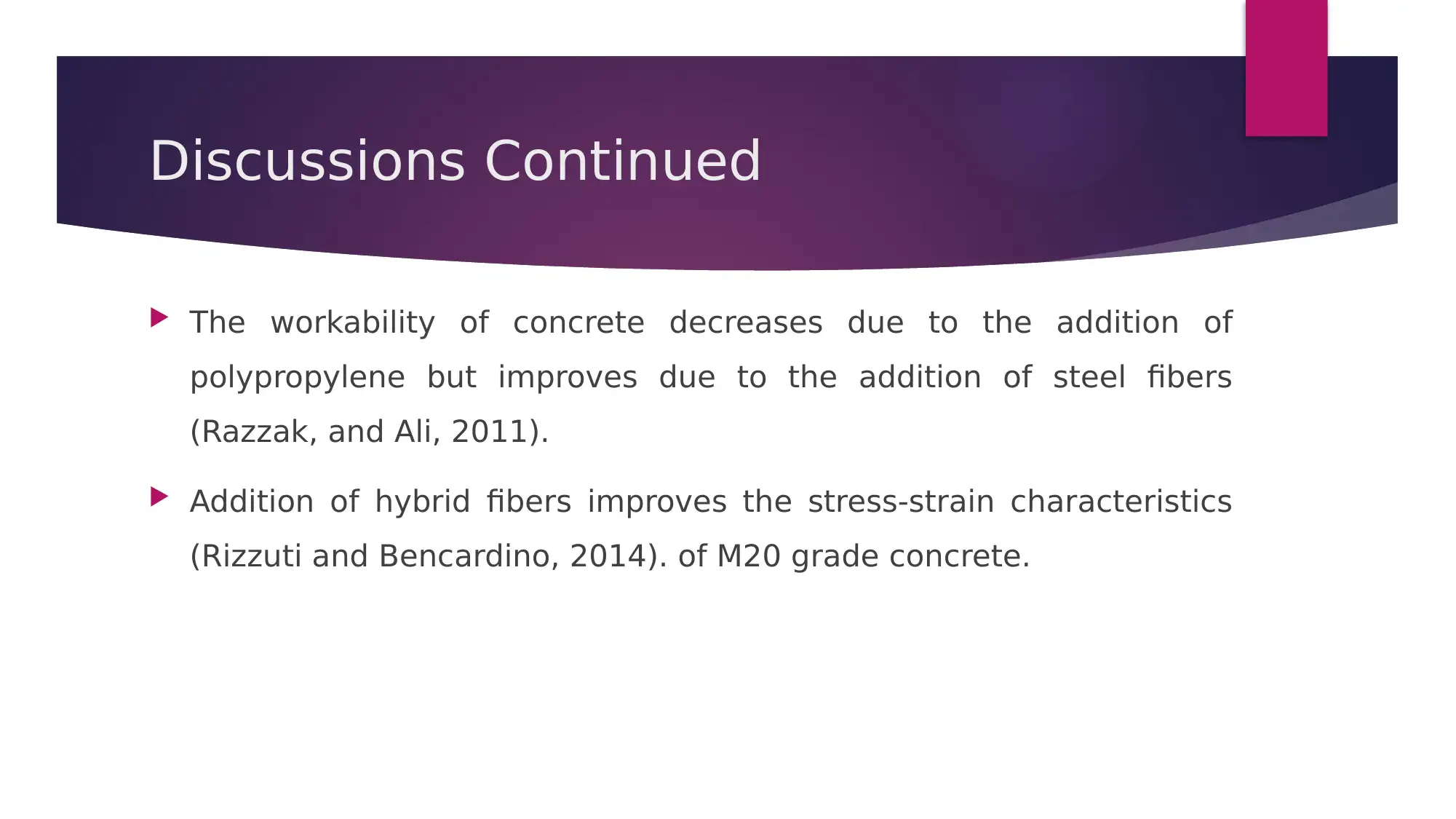
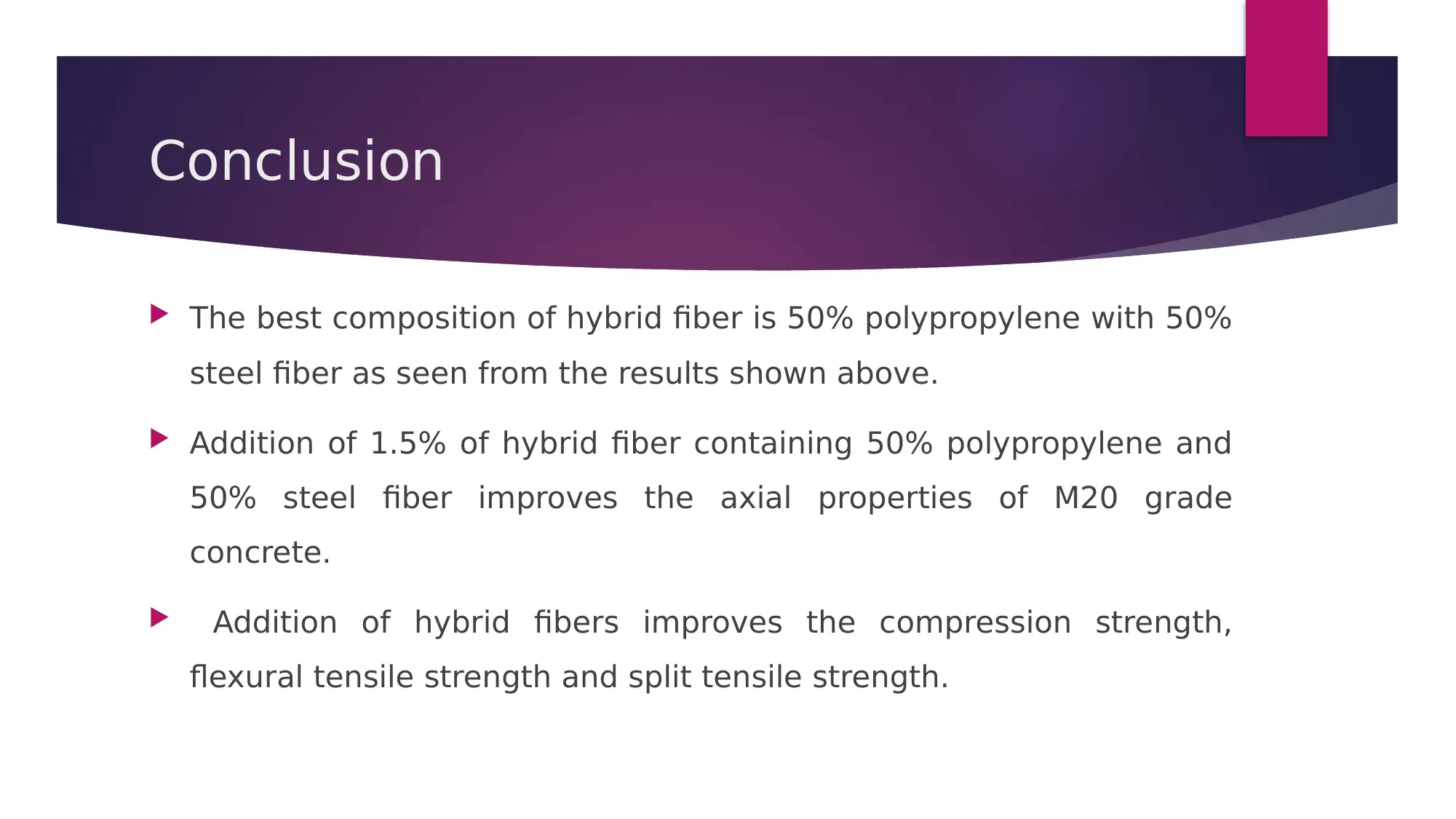

![[object Object]](/_next/static/media/star-bottom.7253800d.svg)